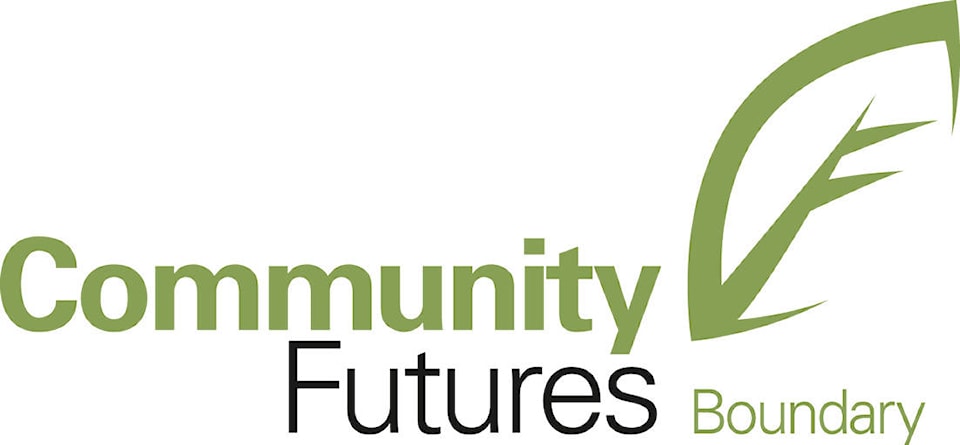Architects, planners and other professionals will be working to develop a business plan for a community centre in Grand Forks, funded by a $100,000 provincial grant announced in September.
Jennifer Wetmore, manager of community economic development for Community Futures Boundary, said the $100,000 provincial Rural Dividend grant will be used to present a detailed business case study and feasibility plan on the possibilities for a community centre in Grand Forks.
The contract, which has not yet been awarded through an expression of interest, will likely go to a group of planners, architects and consultation experts who will work together over the next eight months to a year to compile an extensive report on the possibilities for a community centre. This process will include stakeholder and broader community consultation.
“We will include in that plan specifics like architectural designs, operational models, logistics, funding sources, stakeholders, what the space should include,” Wetmore said. “A big focus will be emergency operations and what they need to function.”
This round of funding follows on the $10,000 Rural Dividends grant used to create phase one, a concept development plan presented this spring to council and the Regional District of Kootenay Boundary board. Both organizations gave permission for Wetmore and Community Futures to move forward to phase two, resulting in this pot of funding to develop a business plan.
After the business plan is developed, Wetmore said Community Futures will step back and leave it to local governments to make a decision on whether to move forward.
“We cannot access the same level of funding as local governments can to build, there is a ton of money out there for building,” she said. “We will hand it over and say, our job is done. And that’s where we hope that things don’t fall off the rails.”
Wetmore acknowledged this plan is more expensive than a typical business study; however, she said the intention was to create an extremely detailed and comprehensive document that gave local governments “every possible angle.”
“That’s why it is a little different than typical project. Typically, it includes space, look and cost,” Wetmore said. “We’re look for something that does analysis, gives community a chance to have input, determines the best location and then really digs into how we can offset the cost of a facility.
“It will have very strong recommendations about location, budget, look, who is involved,” she added.
Wetmore said that in phase one of the project, they consulted with roughly 26 major stakeholders, including local non-profits as well as organizations like School District 51, on the needs and location of the space. Feedback indicated that most stakeholders would prefer to see it located “with existing recreation facilities,” she said, which will make the location around the pool and arena a focus in the business study. That location also has other perks, like parking and correct zoning.
Wetmore said the facility will likely be more robust than other community centres in the Boundary, but they are looking at other models around B.C.
“We did some research on existing facilities for similar or slightly larger communities and how they developed, funded and paid for their community centre,” Wetmore said.
There will certainly be a focus on cost recovery in this plan, she said: It will look at how local governments can ease the operational burden on taxpayers by detailing how the community centre might recoup some costs.
“How do we create a model that is as sustainable as we can possibly make it? We know a community centre will never be fully cost recoverable, but we want to make it close, through this process to help address the business model and get revenue built in,” she said.
Wetmore said the plan was well underway by the time the flood happened, but seeing the community respond during and after the event did prompt the team to make some adjustments to the grant application to highlight need.
“We wrapped some other info into it that came to us as a result of the flood, like the need for an Emergency Operations dedicated space, and we indicated to the province that now more than ever we see the need for a place for the community to gather,” she said.
However Wetmore stressed that with how provincial funding pots work, she does not feel this successful grant jeopardizes any opportunity for flood recovery-related funding.
“We would never want to turn away an opportunity for the community, and I don’t feel it jeopardizes our opportunity for flood related requests,” she said. “We shot for the stars [in terms of funding] and got it, so we’re taking it slow, because we want to make sure that local government gets what they need to out of this so they are prepared to go forward, or not.”
